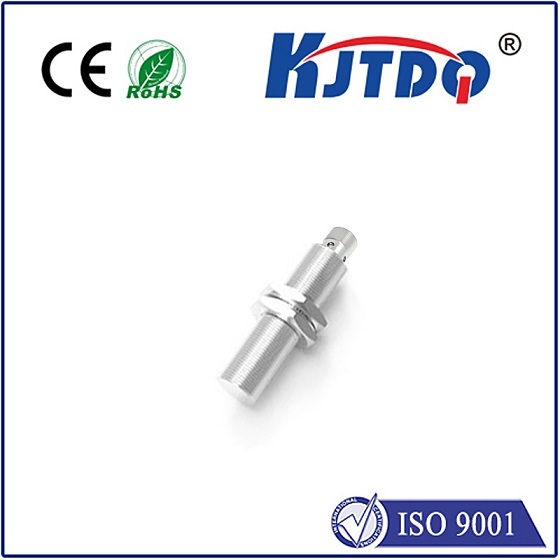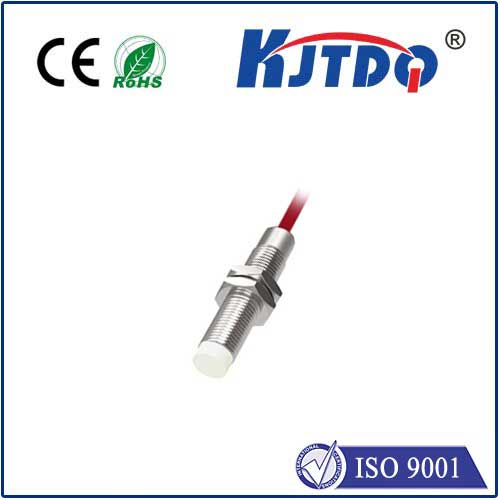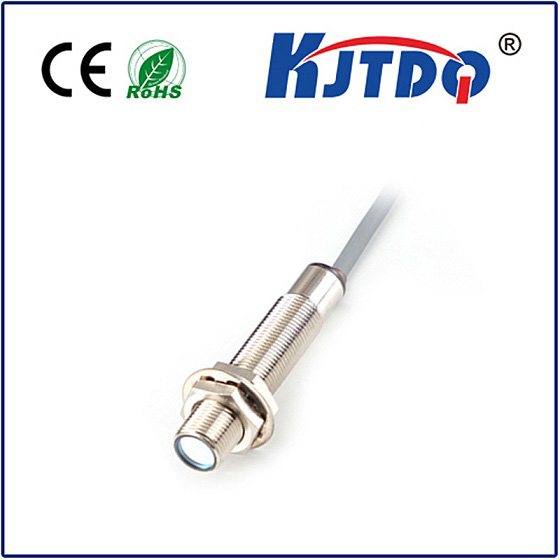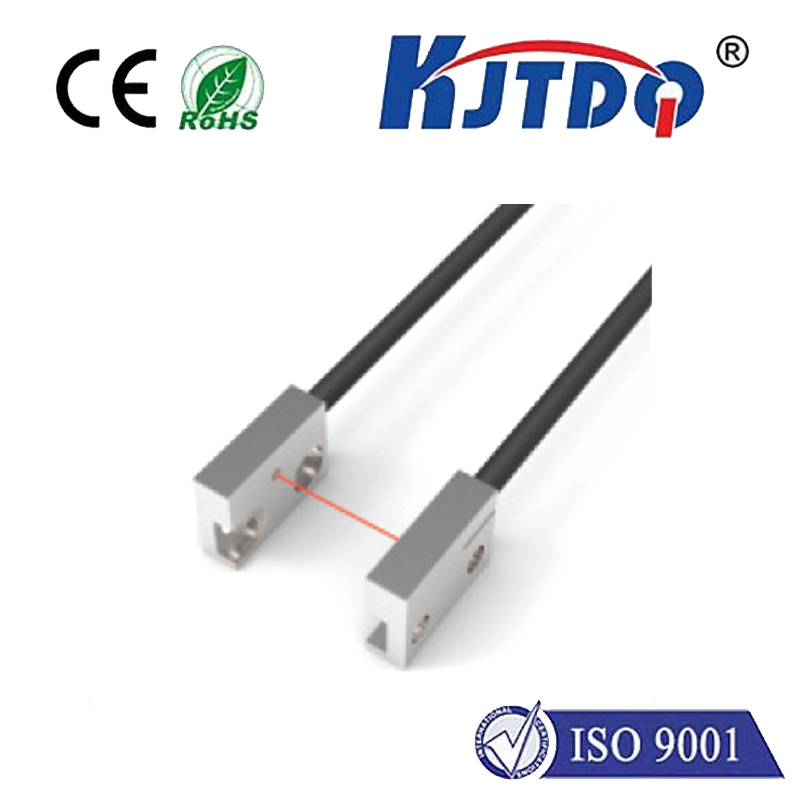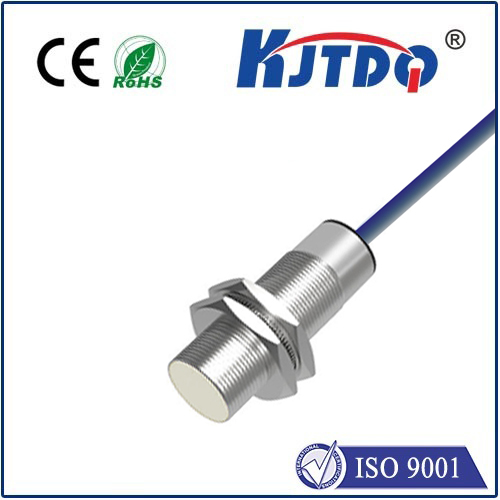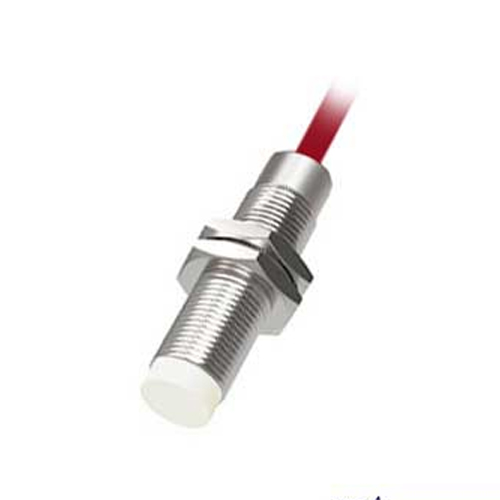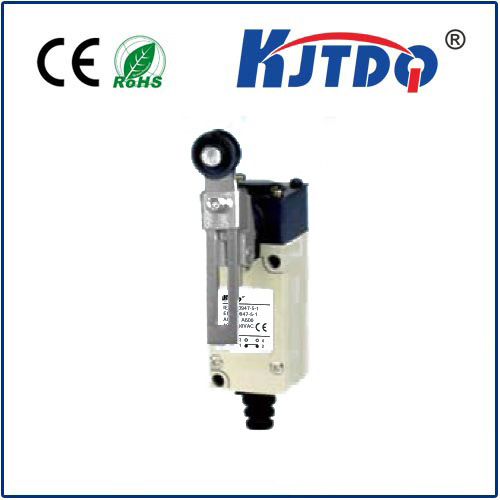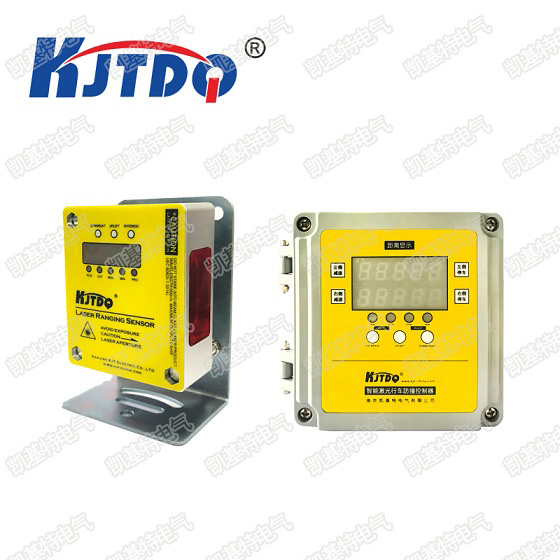
Проверка
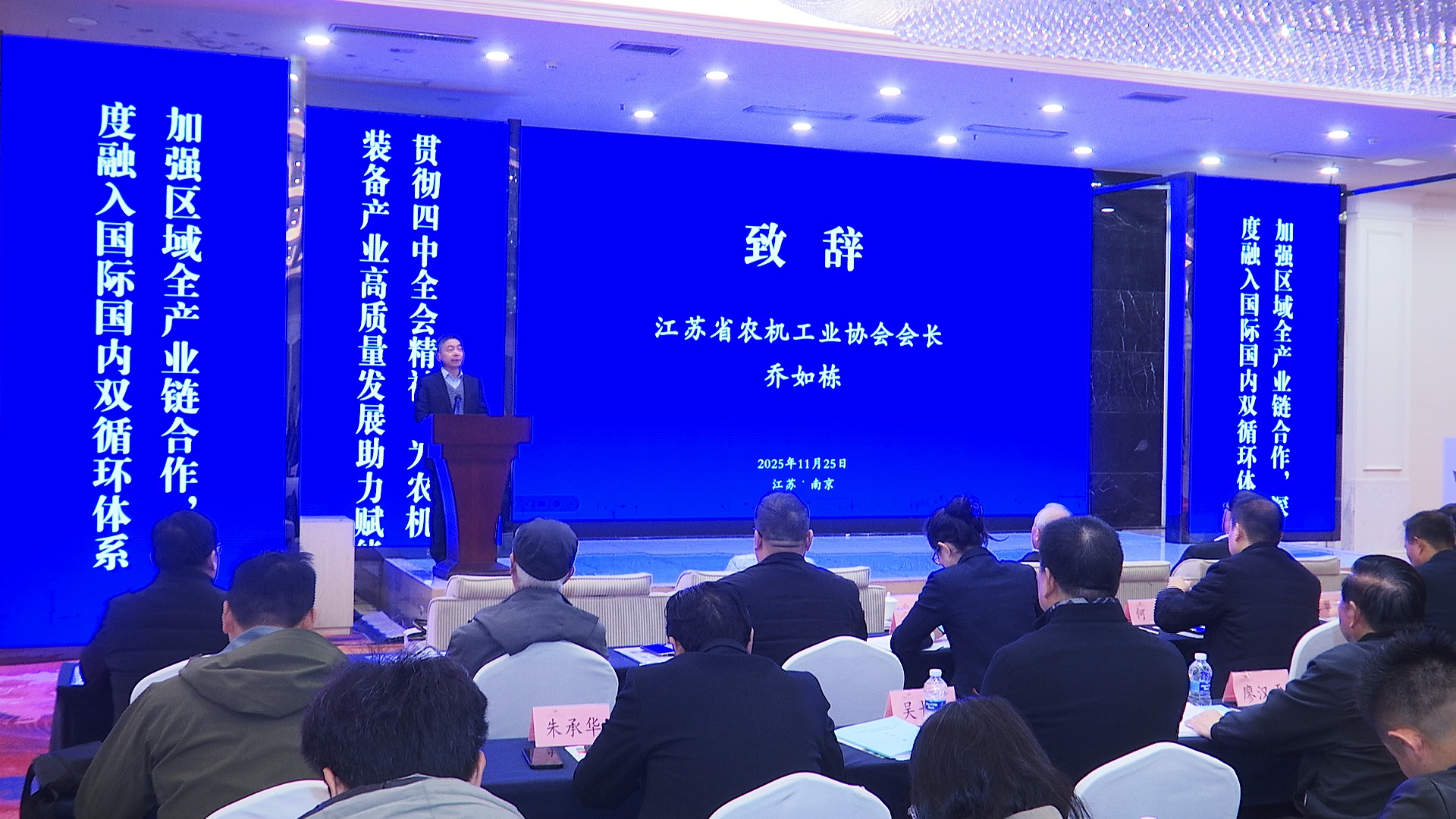
Проверка

Проверка

Проверка

Проверка

Проверка
Imagine technology so subtle it’s often invisible, yet so integral it safeguards workers, counts products at lightning speed, and even helps parks manage visitor flow. This isn’t science fiction; it’s the everyday reality enabled by photo beam sensors. Often unseen observers, these remarkable devices form the cornerstone of countless automated and safety systems, quietly shaping our interactions with machines and environments. Understanding their function reveals a world where light bridges the gap between the physical and digital.
At their most fundamental level, photo beam sensors operate on a beautifully simple principle: the interruption of light. The system comprises two distinct components: a transmitter that emits a beam of light (typically invisible infrared for reliability) and a receiver positioned precisely to catch this beam. The core logic is elegantly straightforward: as long as the receiver detects the transmitted beam, a “clear” signal is maintained. The moment an object passes between them, interrupting the beam, the receiver triggers a change in its output signal. This binary state – beam present or beam broken – becomes the crucial input for countless control systems.
This core functionality, known as the photoelectric barrier principle, unlocks a staggering array of applications. One of the most critical is safety. Think of automatic garage doors: photo beam sensors act as the ultimate safety guard, positioned near the floor. If the beam is interrupted while the door is closing (by a child, pet, or object), the door instantly reverses direction, preventing serious injury. Similarly, they are vital components in industrial safety light curtains guarding hazardous machinery zones. Here, an array of beams creates an invisible protective shield, halting machine operation instantly if a worker’s hand or body breaks the plane, thereby preventing catastrophic accidents.

Beyond safety, the precision and speed of photo beam sensors make them indispensable for object detection and counting in high-speed automation and logistics:
Why choose a photo beam sensor over other detection technologies? The advantages are compelling:
Selecting and implementing the right photo beam sensor requires careful consideration:
While robust, performance can be challenged by heavy dust, fog, steam, or extremely bright ambient light directly shining into the receiver. Modern sensors incorporate features like modulated light beams (rapidly pulsing IR light) to distinguish their signal from steady ambient light, significantly enhancing reliability in demanding conditions. Advanced models also feature alignment indicators (like LEDs or audible signals) to simplify setup.
The future of photo beam sensors looks bright (pun intended!). We see trends toward miniaturization, enabling integration into smaller devices. Enhanced connectivity (IO-Link) allows for richer diagnostics, remote configuration, and integration into IIoT (Industrial Internet of Things) ecosystems. Improved algorithms for better noise rejection and handling challenging environmental conditions continue to push the boundaries of where these sensors can reliably operate.
From ensuring the safe operation of massive industrial presses to counting tiny pills whizzing down a production line, photo beam sensors perform feats far beyond their simple principle. They are the unseen guardians and silent counters, translating the physical interruption of a light beam into a powerful signal that drives automation, enhances safety, and provides critical data across countless industries. Understanding their capabilities and proper selection ensures you harness their full potential, making the invisible beam a visible asset in achieving efficiency and security.
